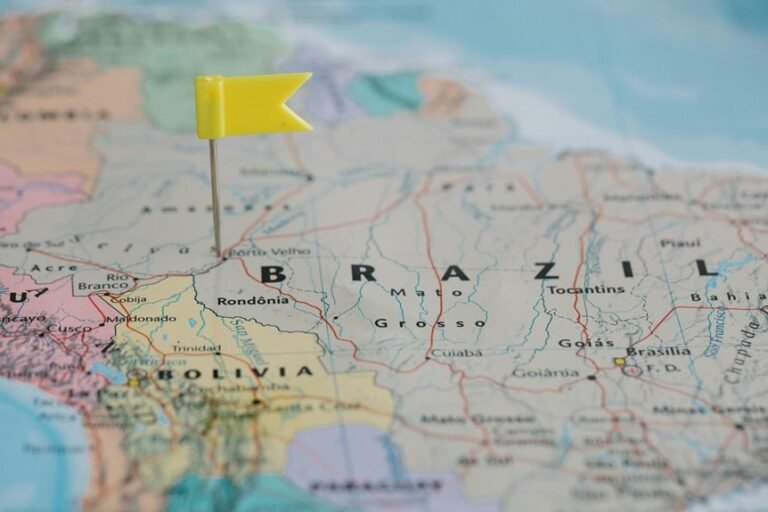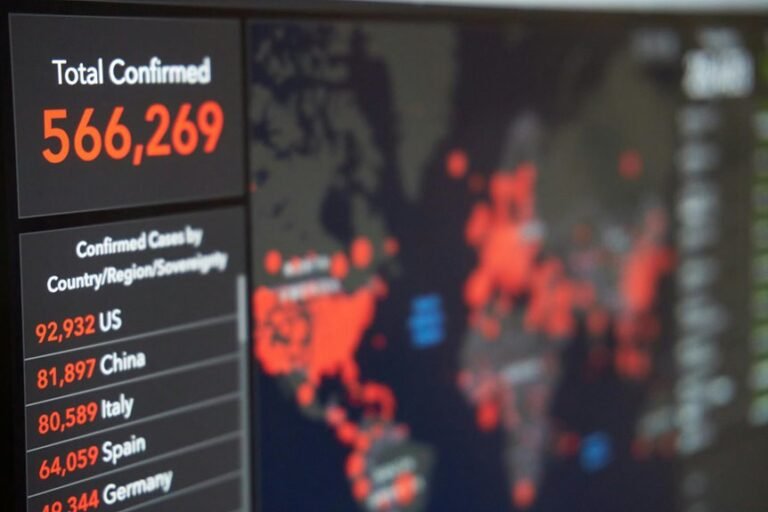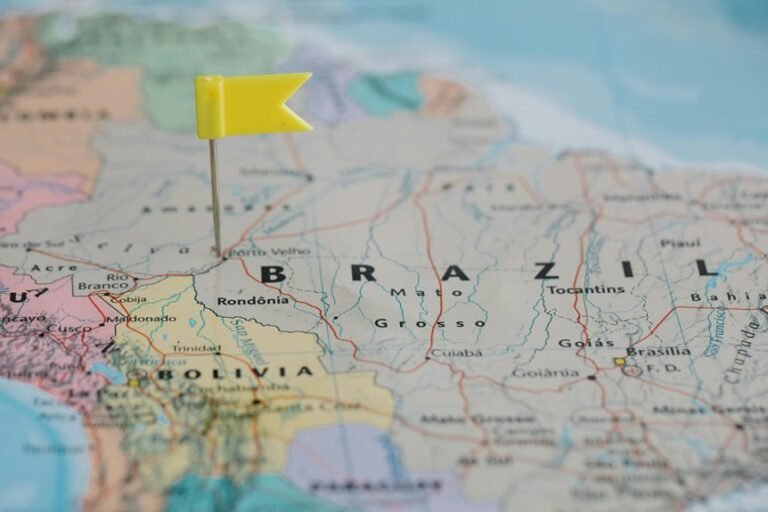Who Called: Investigating Who Called Me in Norway
In Norway, the proliferation of unknown callers has raised significant concerns among residents. Many individuals now seek effective methods to identify these unidentified contacts. As technology evolves, so too does the complexity of managing unsolicited communications. Understanding the tools available for caller identification and the legal implications surrounding them is crucial. What strategies are most effective in reclaiming control over these intrusions? The answers may reshape personal security in an increasingly connected world.
Understanding the Rise of Unknown Callers in Norway
As the prevalence of mobile technology has surged in Norway, so too has the incidence of unknown callers, prompting a need for analytical exploration of this phenomenon.
Emerging unknown caller trends reveal a correlation with evolving telemarketing tactics, where automated systems increasingly target individuals.
This rise necessitates a critical examination of privacy implications and the effectiveness of current regulations surrounding unsolicited communications in a digitally connected society.
Tools and Apps for Identifying Unknown Numbers
Given the increasing frequency of unknown calls, individuals in Norway are turning to various tools and apps designed to identify these numbers effectively.
Caller ID features integrated within these applications utilize extensive phone directory databases, allowing users to swiftly ascertain the identity of unknown callers.
This technological advancement not only enhances personal security but also empowers users to take control of their communication landscape.
Best Practices for Handling Unknown Calls
How can individuals effectively manage the influx of unknown calls?
Implementing call screening techniques is essential. Utilizing device privacy settings can block or filter unwanted numbers, enhancing security.
Additionally, individuals should remain cautious about returning calls from unidentified sources.
Legal Considerations and Privacy Concerns in Caller Identification
The management of unknown calls intersects significantly with legal considerations and privacy concerns surrounding caller identification.
Legal implications arise from balancing caller privacy with the right to identify unknown numbers. Regulations often dictate how personal data can be accessed and shared, raising questions about consent and transparency.
Consequently, individuals must navigate a complex landscape to protect their privacy while managing unsolicited communications effectively.
Conclusion
In the intricate web of modern communication, the surge of unknown callers in Norway serves as a stark reminder of the shadows lurking in the digital age. As residents equip themselves with tools for identification, they forge a shield against the encroaching tide of unsolicited contact. However, as they navigate this landscape, balancing security with privacy emerges as a delicate dance, where each step taken must be measured, ensuring that the quest for clarity does not eclipse the sanctity of personal boundaries.






